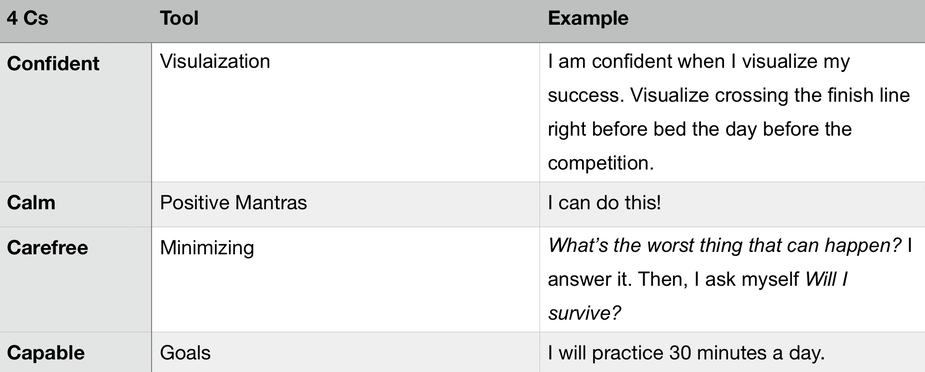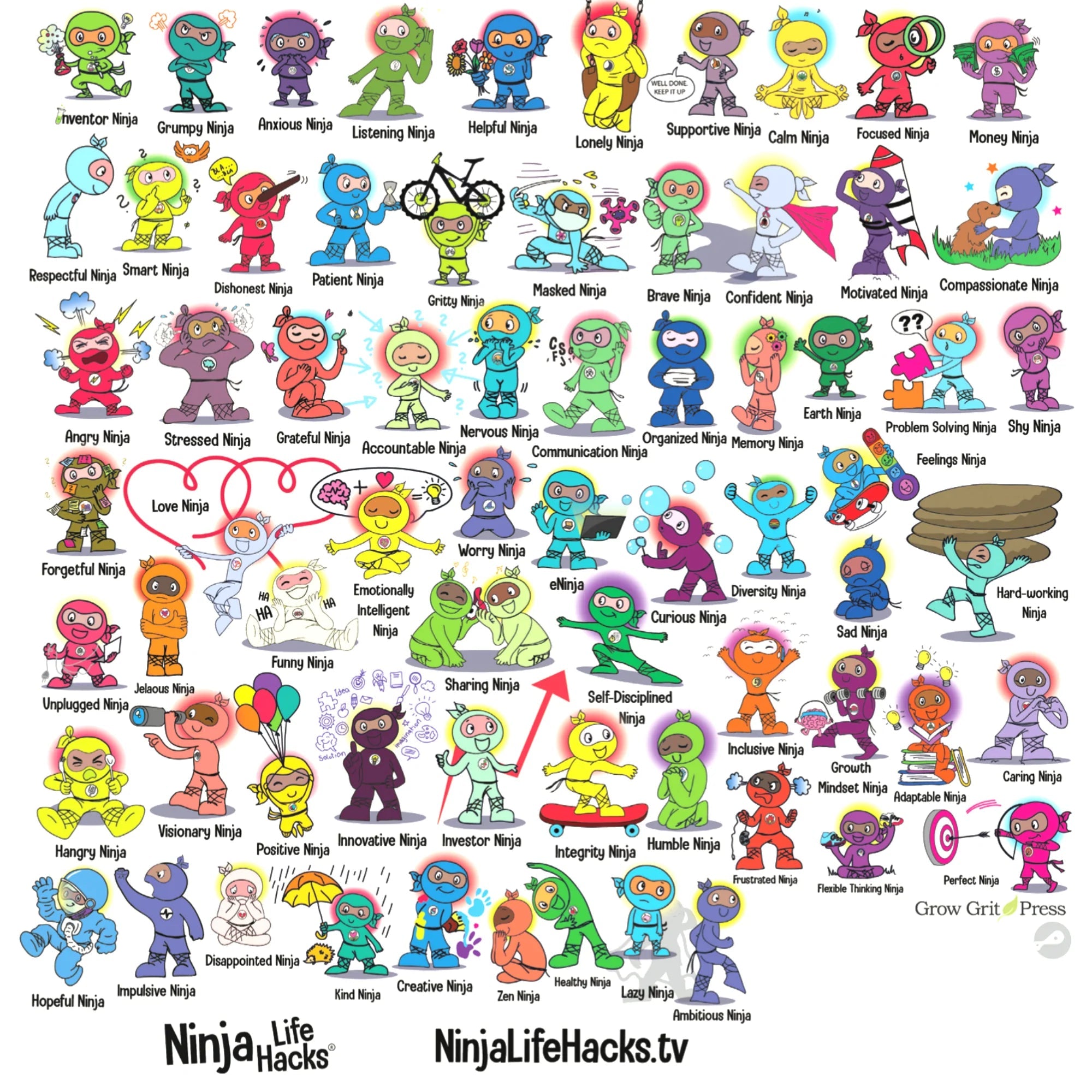How to Help Children Develop Grit.

Grit is a fairly new word used in the social emotional arena. Based on Angela Duckworth’s 2016 book titled Grit, it is a key emotional intelligence skill that is derived from both passion and perseverance. Grit is the ability to not give up and keep going despite all obstacles. I believe it is a predicator of success in all areas of life including financial, fitness, marital, and career.
But if grit is so important, how do you develop passion and perseverance in kids? Read on to see my top tips on how, as parents and educators, we can help our children develop grit.
1. Entertain our kids’ urge to explore the hobbies and activitiesthat attract them. If we allow our kids to explore what they find interesting, overcoming obstacles can come more naturally and giving up will be less of an option. The more they understand that even mistakes and failures teach us, the more they can focus on celebrating their journey, mistakes and all. It’s important to allow kids to see how it feels to be scared, and how to move past fear and learn to be brave.
2. Encourage them to set goals. Writing down goals is essential for intrinsic motivation and a growth mindset. It’s a long journey to achieve something you set your sights on so if kids are able to find a love for battling challenges and grow up eager to explore solutions to obstacles, they will succeed. Allowing kids to focus on performance goals, rather than outcome goals provides a basis for long-term satisfaction. Goals can be divided into these 3 subcategories:
a. Process Goals: This is the only goal that one can control. An example of a process goal would be practicing soccer passes/kicks for 30 minutes.
b. Performance Goals: This goal cannot be controlled. An example of a performance goal would be achieving 20/30 successful soccer ball passes or kicks.
c. Outcome Goals: This goal cannot be controlled. An example of this would be scoring 24 soccer goals for the season or winning the end-of-season soccer championship.

3. Empowerour kids’ with the self-help tools that foster positivity and optimism. We can do this by teaching them the 4 Cs:
Confident - I am confident when I visualize my success.
Calm - I stay calm by using positive mantras like ‘I can do this!’
Carefree - I feel carefree when I face my fear of failure. I do this by asking myself, What’s the worst thing that can happen? I answer it. Then, I ask myself Will I survive?
Capable - I am capable of creating and achieving goals.
The 4 Cs empower kids by giving them the skill set needed to overcome obstacles. Once learned, kids can use at their disposal to recognize negativity and employ a variety of tools such as visualization, creating good habits, positive mantras, and setting goals. We all get side-tracked and that's why it's important to have good habits and mantras to reset oneself. With these tools, kids can get back on track and focus on the task at hand.
Life itself is overwhelming. If we help equip our kids with emotional intelligence with which they can be self-sufficient, it will help serve them for life. To read more about how to develop mental toughness skills, here.


Kobe doesn't like public speaking but he decided to face his fears with his first book reading.



